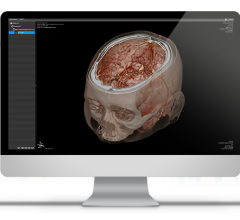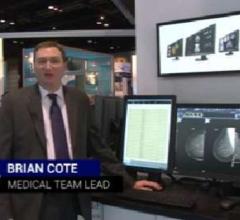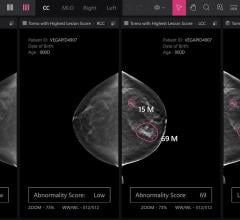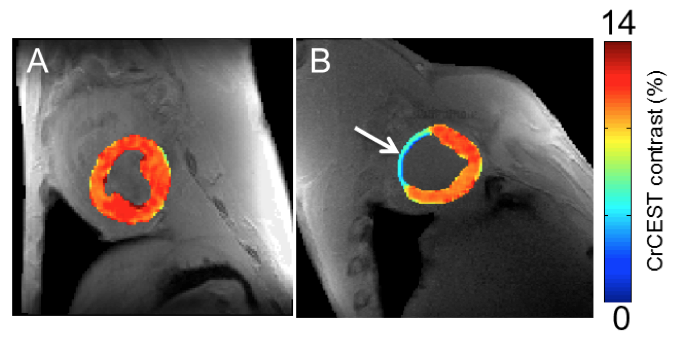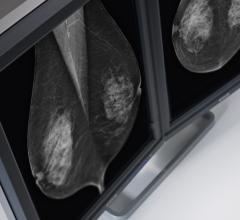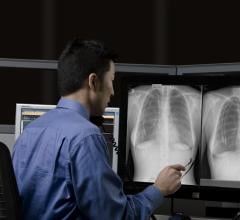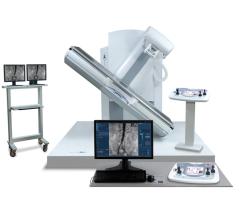The U.S. Food and Drug Administration cleared Varian Medical Systems’ updated ProBeam proton therapy system.
The BodyTom is the latest development in NeuroLogica's portable computed tomography imaging line. It is a portable, full ...
The U.S. Patent and Trademark Office awarded Carestream Health 64 patents in 2013 for innovations in radiology imaging, healthcare IT and dental imaging.
Radiology departments have many different needs and face a wide variety of challenges that can impact their departments ...
Providers report that despite vendor efforts, clinical decision support (CDS) reference products are still not integrated enough to deliver the strategic direction providers are looking for.
Calgary Scientific Inc. announced it has become a member of the Health and Life Sciences Technology Alliance Partner (TAP) program of Hitachi Data Systems and will partner with Hitachi Data Systems to deliver the next generation of vendor neutral archive (VNA) solutions built on the Hitachi Clinical Repository platform.
EIZO offers the most extensive line-up of high quality LCD monitors into the medical industry. Focusing on monitors that ...
Despite decades of progress in breast imaging, one challenge continues to test even the most skilled radiologists ...
The Radiation Oncology Institute (ROI) has selected Malolan S. Rajagopalan, M.D., radiation oncology resident, University of Pittsburgh Cancer Institute, to receive a $20,000 grant for a project to compile best practices regarding the management of radiation therapy toxicity.
Southco Inc., an engineering solutions company, has expanded its T Series tilt display mount product line, offering versions with or without counterbalanced constant torque.
A new magnetic resonance imaging (MRI) method to map creatine at higher resolutions in the heart may help clinicians and scientists find abnormalities and disorders earlier than traditional diagnostic methods.
Bayer Radiology’s Barbara Ruhland and Thom Kinst discuss how radiology departments can address the many different ...
Matakina International announced that The Hospital of Central Connecticut (HOCC) is the first facility in Connecticut to adopt VolparaDensity breast imaging software, designed to help overcome the limitations of mammography to detect cancer in women with dense breasts. The Enterprise installation of HOCC provides the ability to offer objective volumetric breast density values for mammograms performed at six facilities on eight Hologic full-field mammography systems.
Radcal Corp. announced partnership with its French distributor, Medi Test, which opened up its own certified calibration and repair facility, Medix Lab, June 2013.
Barco has teamed up with Mammography Education Inc. to supply its latest mammography display systems and dedicated support for hands-on mammography CME courses designed to teach radiologists how to detect early-phase breast cancers.
eHealth Saskatchewan plays a vital role in providing IT services to patients, health care providers, and partners such ...
Patients with the most common form of focal epilepsy have widespread, abnormal connections in their brains that could provide clues toward diagnosis and treatment, according to a new study published online in the journal Radiology.
David Widmann, president and COO of Konica Minolta Medical Imaging, discusses the company's commitment to primary ...
IBA Dosimetry is excited to launch its new Digital Imaging Analysis Software IQ Analyzer Primus at the RSNA 2013. Image ...
AirXpanders Inc. announced new data published in The Journal of Radiation Oncology that demonstrates the AeroForm Tissue Expander can withstand radiation levels well above the maximum dose level typically used in post-mastectomy radiation therapy.
With a commitment to delivering the right dose, a desire to keep patient satisfaction high, and the challenge of ...
Swissray International Inc., a digital radiography (DR) vendor, said it completed the acquisition of the Norland assets from Cooper Surgical Inc.
Primordial announced the addition of numerous customers, its entrance into the radiologist reporting system market and the development of new capabilities across all of its product lines.
Viztek, a provider of digital software and hardware diagnostic imaging solutions, announced that the Platinum Dynamic Fluoroscopy System has received U.S. Food and Drug Administration (FDA) 510(k) clearance.


 January 17, 2014
January 17, 2014 

